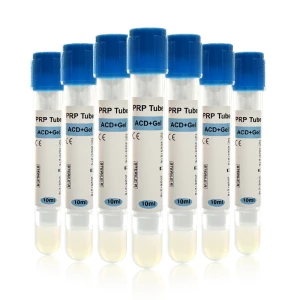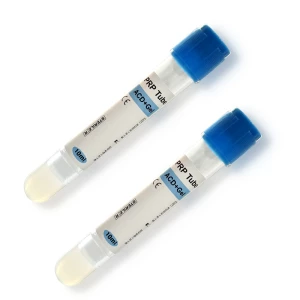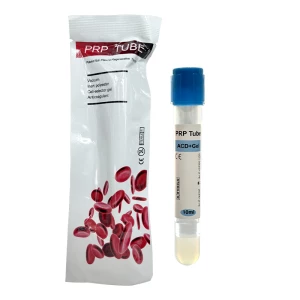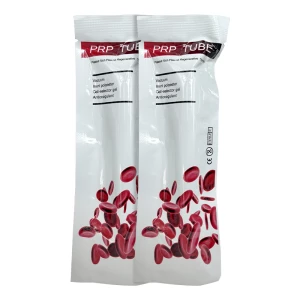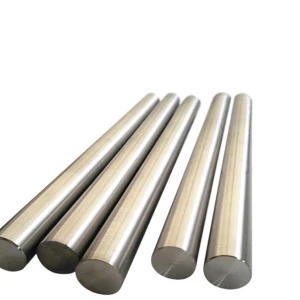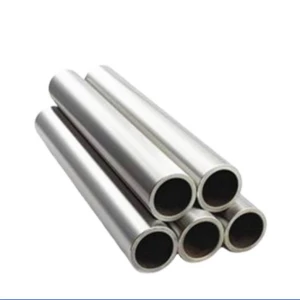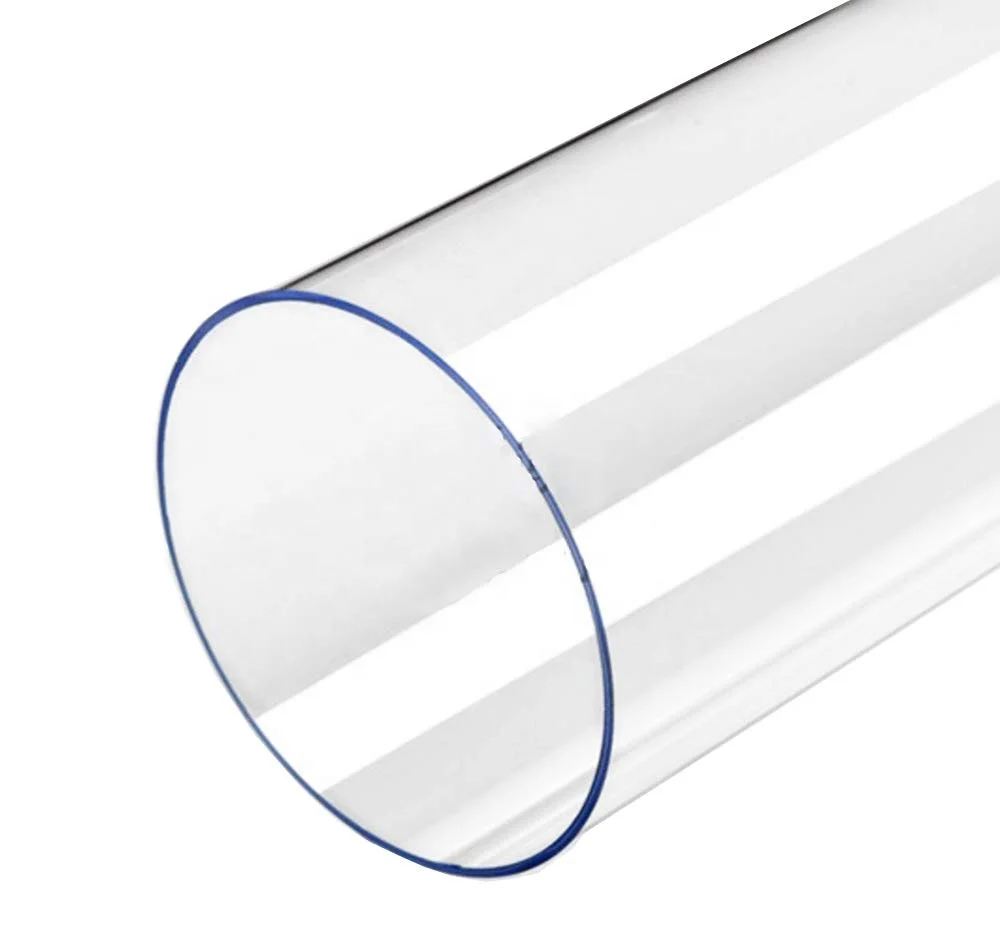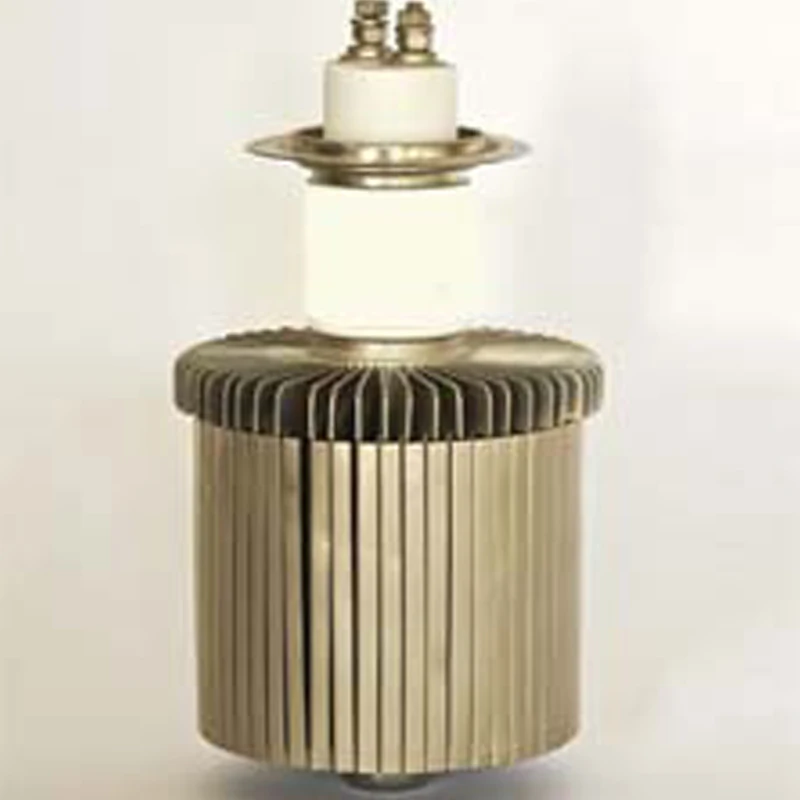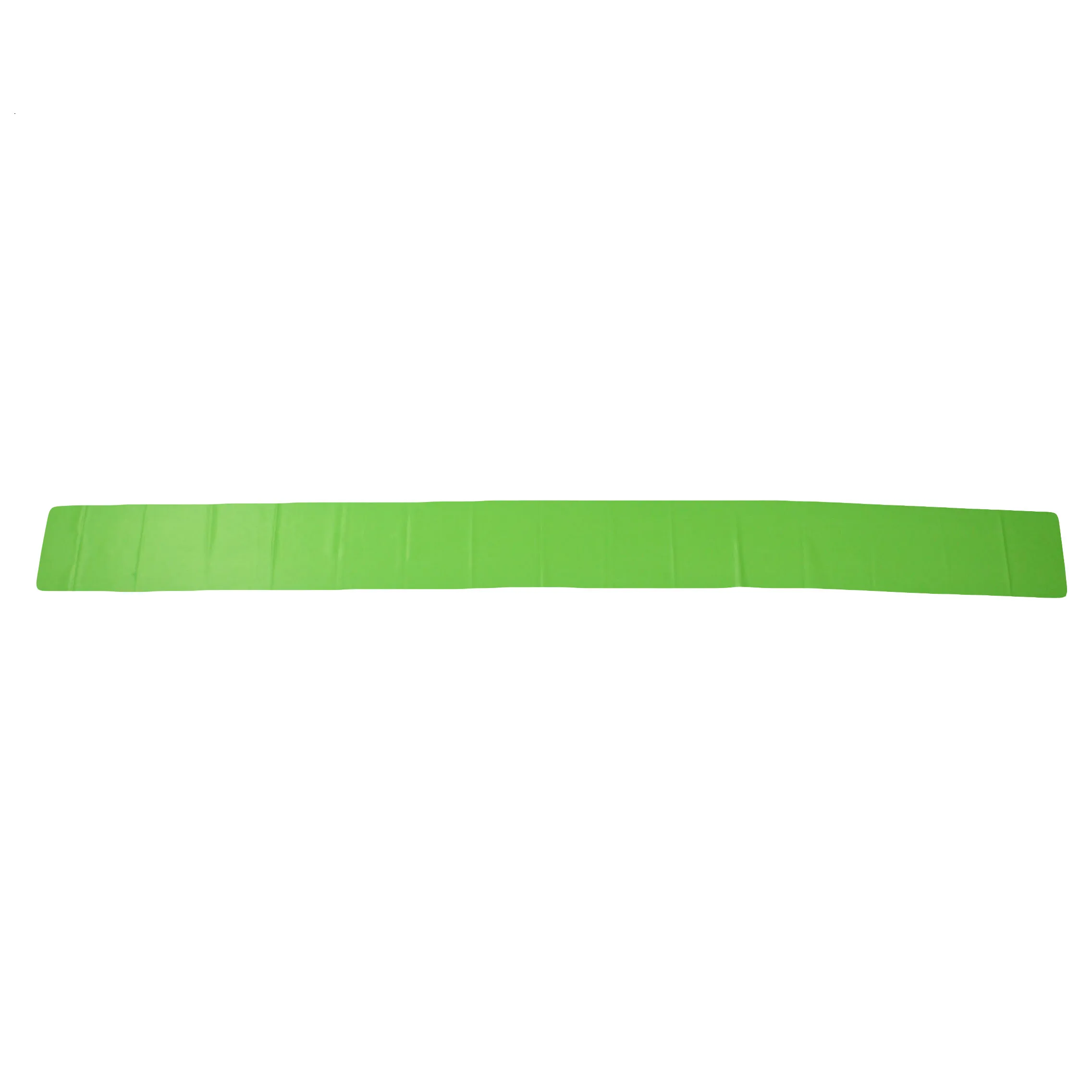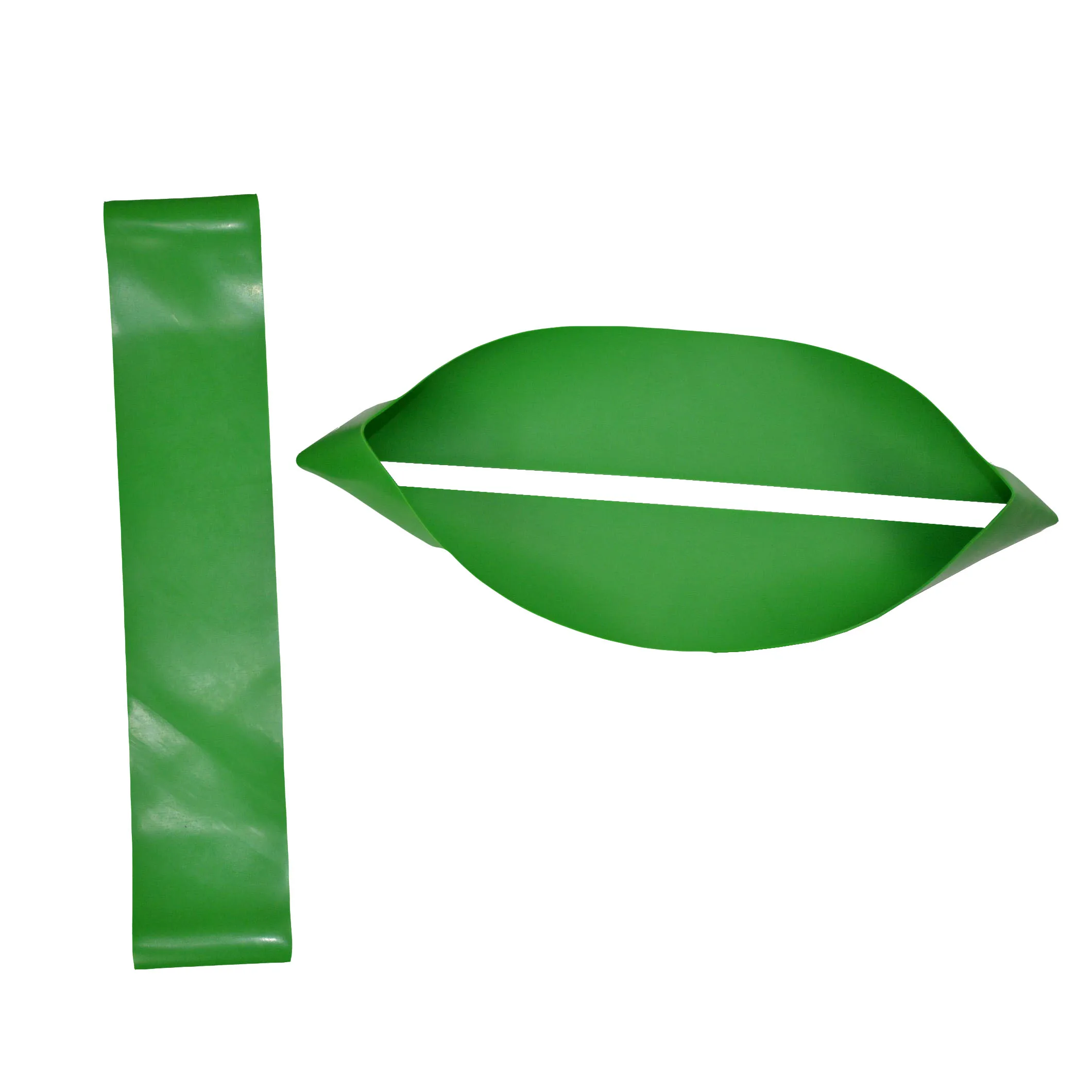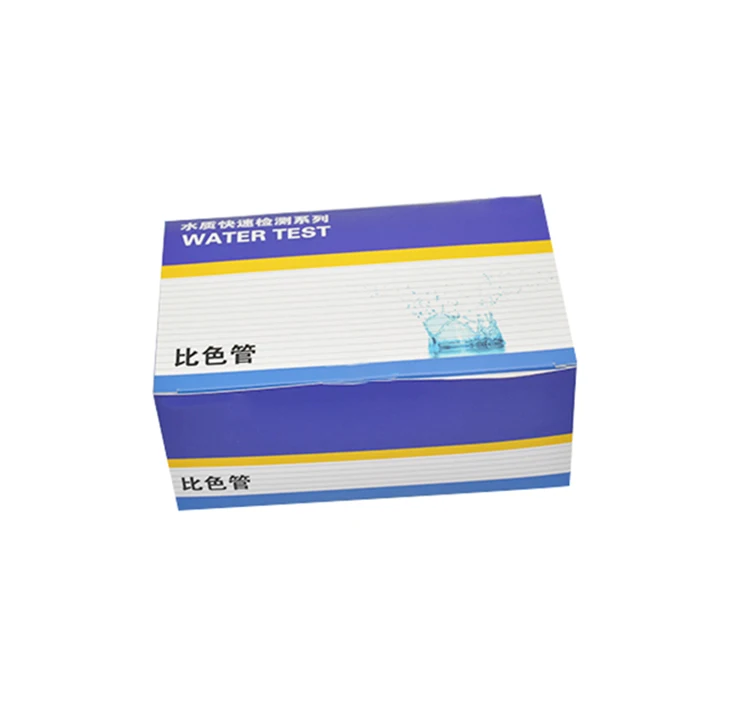Centrifuge Tubes: A Buyer's Guide to Quality and Reliability
When it comes to laboratory equipment, centrifuge tubes are essential for various applications, from medical research to industrial testing. Whether you're a lab manager or a procurement specialist, understanding the nuances of these tubes can save time, money, and ensure accurate results. This guide covers everything from types and features to sourcing tips and buyer FAQs.
How to Find Reliable Centrifuge Tubes from China in 2025
China remains a top supplier of lab equipment, but finding trustworthy manufacturers requires due diligence. Look for suppliers with certifications like ISO 13485 or CE marks, which indicate compliance with international standards. Platforms like Alibaba or Made-in-China can help vet suppliers through customer reviews and transaction history. Always request samples to test durability and compatibility with your centrifuge models before bulk purchases.
What Buyers Should Know Before Buying Centrifuge Tubes from China
Price isn't the only factor—consider material quality (e.g., polypropylene vs. PET), sterilization compatibility, and packaging. Negotiate MOQs (Minimum Order Quantities) and clarify shipping terms (e.g., FOB or CIF) to avoid hidden costs. Payment methods like PayPal or LC (Letter of Credit) offer buyer protection. For urgent needs, check if the supplier stocks ready-made inventory to reduce lead times.
Types of Centrifuge Tubes
1. Microcentrifuge Tubes (0.5–2 mL): Ideal for small-volume samples in molecular biology.
2. Conical Bottom Tubes (15–50 mL): Perfect for pelleting cells or precipitates.
3. Round Bottom Tubes: Used for gentle mixing or layering.
4. PCR Tubes: Compatible with thermal cyclers and centrifuges.
5. High-Speed Tubes: Designed to withstand >30,000 RPM.
Functions and Features of Centrifuge Tubes
Key features include:
- Graduations: For precise volume measurements.
- Leak-proof caps: Snap or screw caps to prevent spills.
- Autoclavability: Reusable tubes should endure 121°C sterilization.
- Chemical resistance: Critical for harsh solvents like phenol or chloroform.
- RNase/DNase-free: Essential for sensitive molecular applications.
Scenarios of Centrifuge Tubes
These tubes are indispensable in:
- Clinical Labs: Blood separation for diagnostics.
- Biotech Research: DNA/RNA extraction.
- Pharmaceuticals: Drug formulation testing.
- Food Safety: Pathogen detection in samples.
How to Choose Centrifuge Tubes
Match tubes to your centrifuge’s rotor type (fixed-angle vs. swing-out) and speed requirements. For corrosive samples, opt for chemically inert materials. Color-coded caps can streamline workflow organization. Bulk buyers should prioritize suppliers offering customizable printing (e.g., lot numbers or logos).
Centrifuge Tubes Q & A
Q: Can I reuse centrifuge tubes?
A: Yes, if they’re autoclavable and undamaged—but replace them after 5–10 uses to avoid cracks.
Q: What’s the difference between sterile and non-sterile tubes?
A: Sterile tubes are pre-treated for cell culture; non-sterile are cheaper for general use.
Q: How do I prevent tube breakage during centrifugation?
A: Avoid overfilling (max 80% capacity) and balance loads symmetrically in the rotor.
Q: Are Chinese-made tubes as good as Western brands?
A: Many Chinese manufacturers meet ISO standards at lower costs—always verify certifications and test samples.
Q: What’s the shelf life of centrifuge tubes?
A: Typically 2–3 years if stored away from UV light and extreme temperatures.









